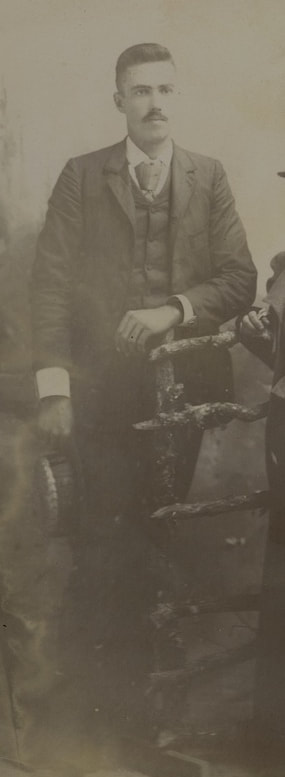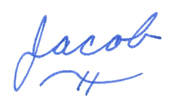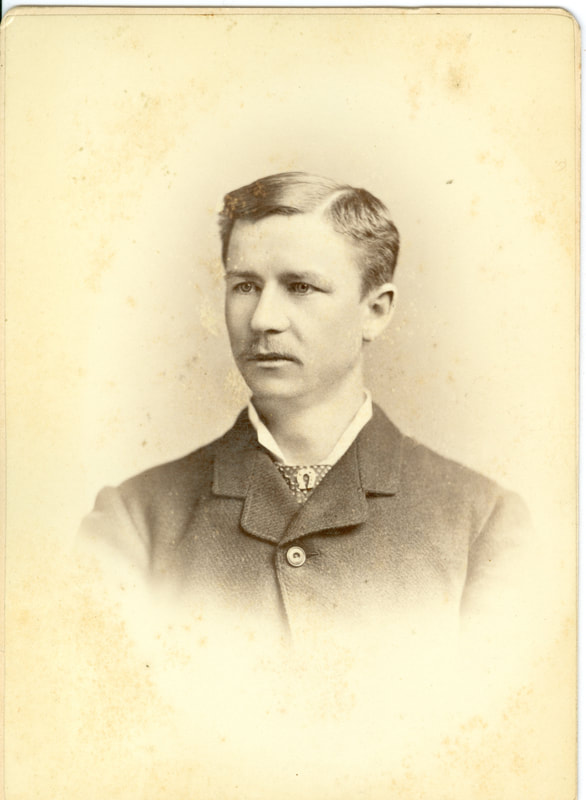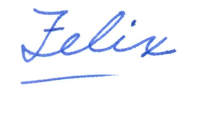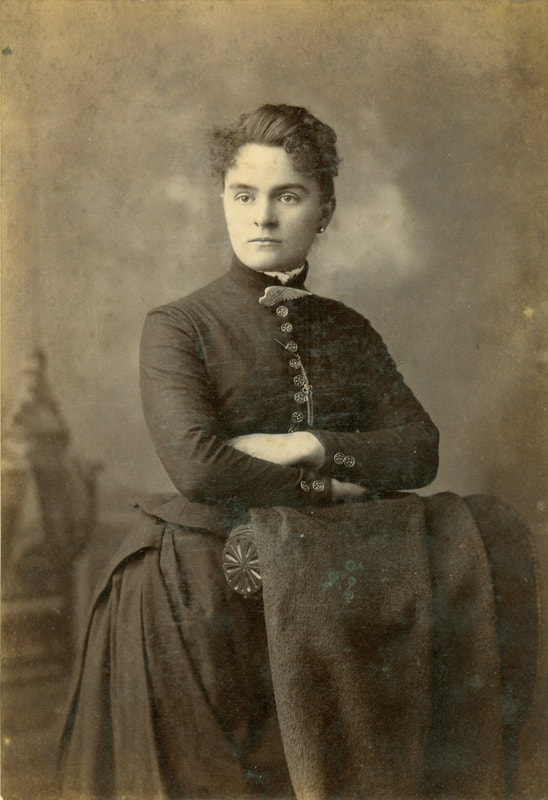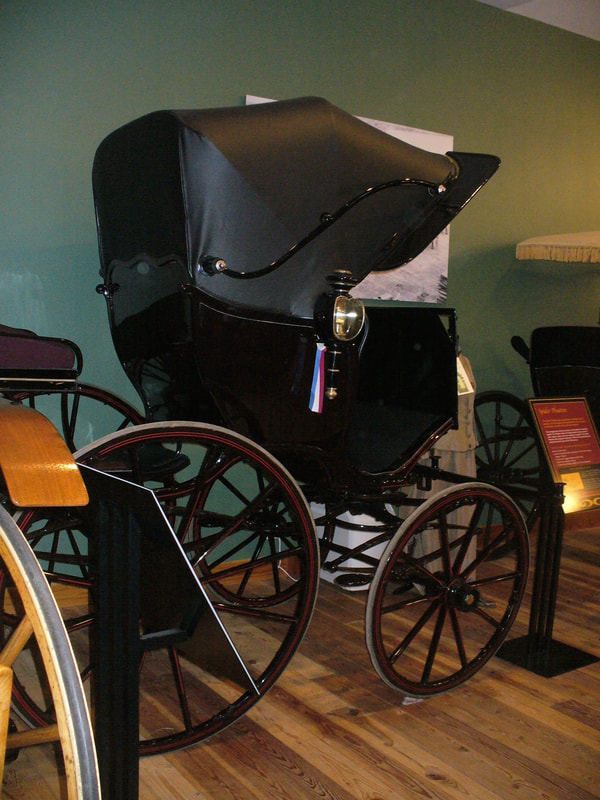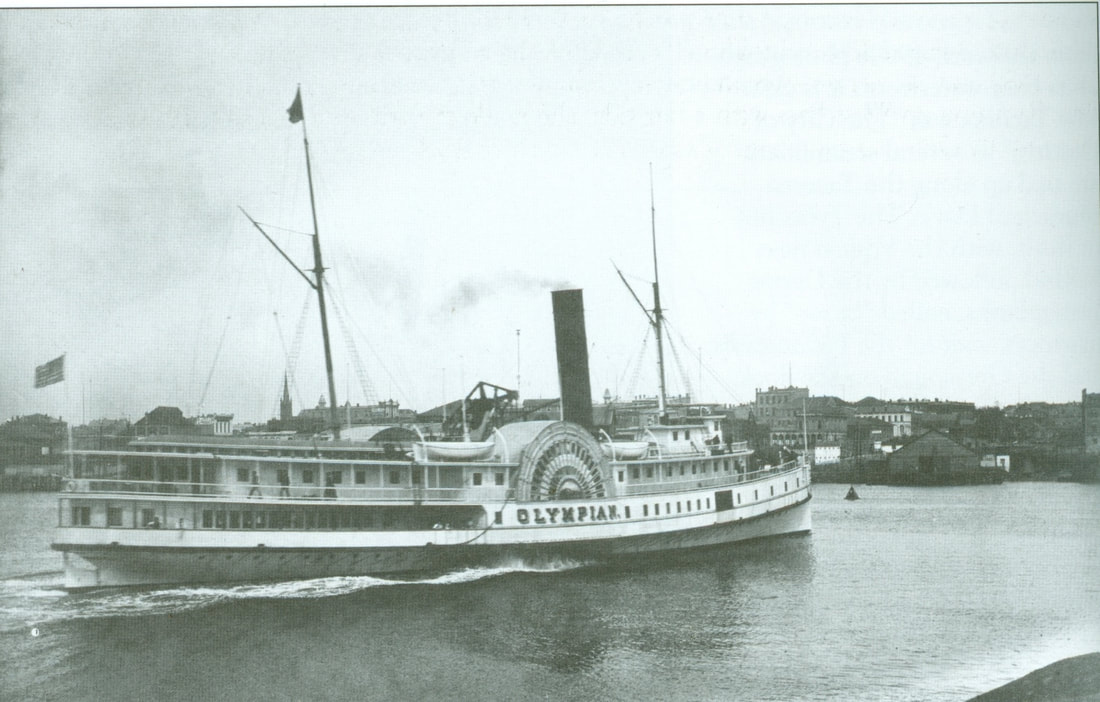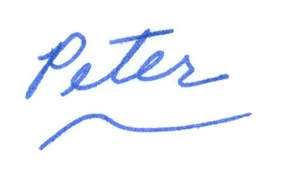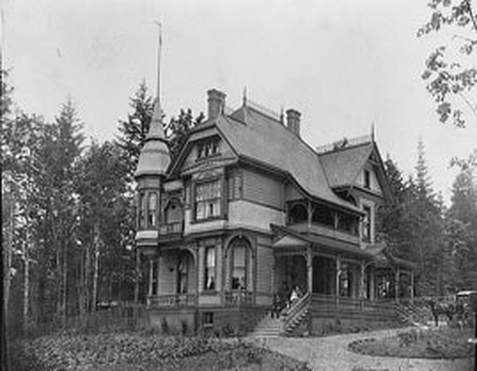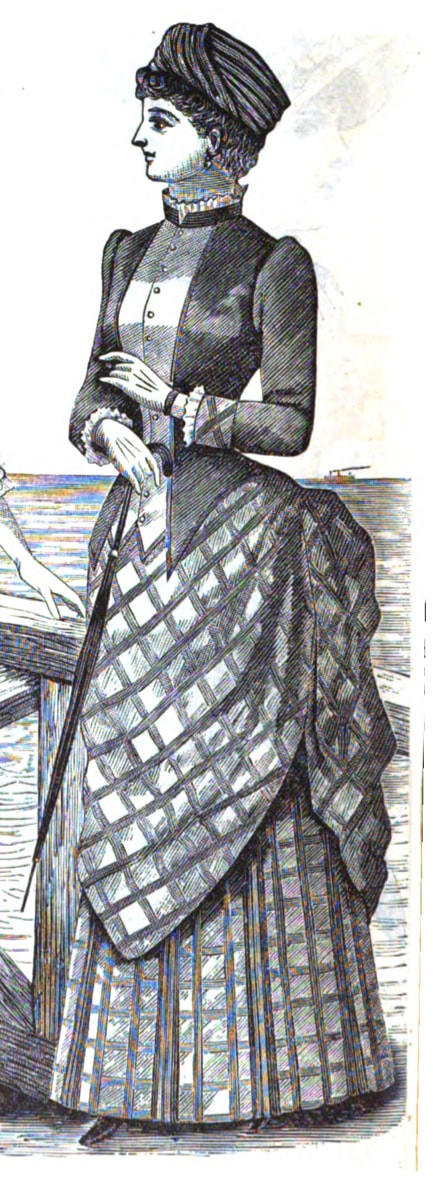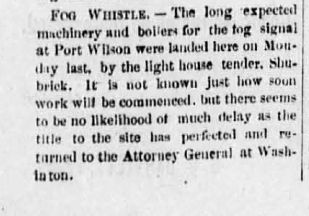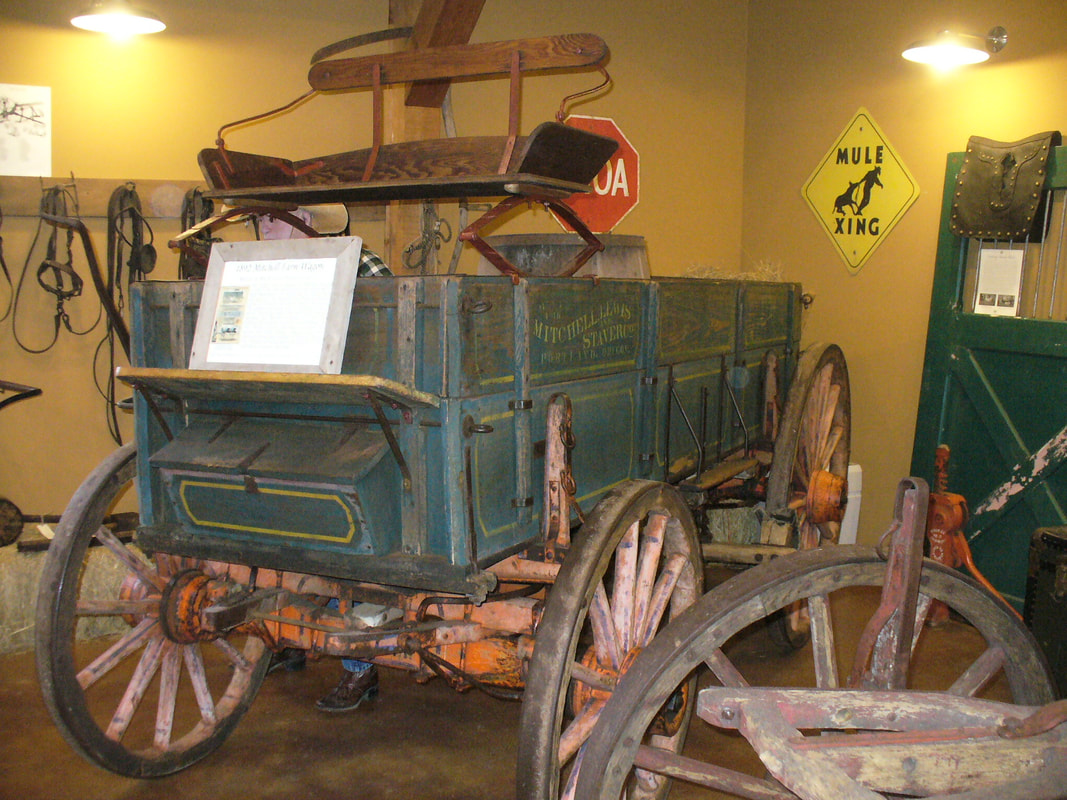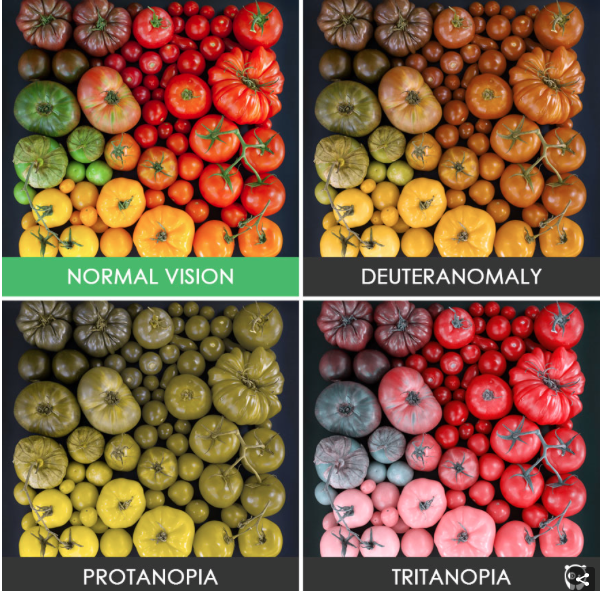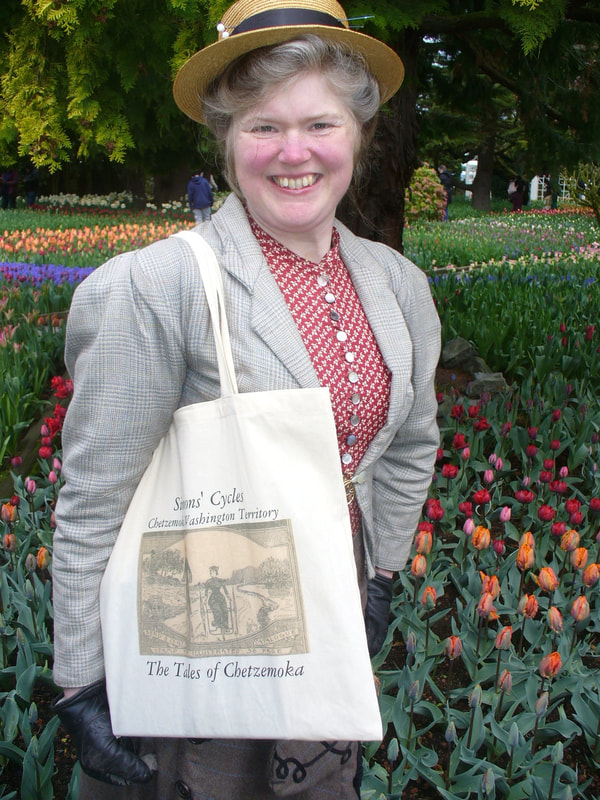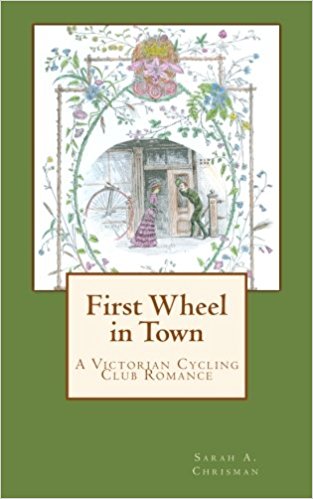A Trip and A Tumble
Book V in the Tales of Chetzemoka
Time for a vacation —step right up! When Felix's newspaper sends him up to Victoria, B.C. to report on a visiting circus Ken inevitably tags along, "like a dutiful puppy", as Addie says. Meanwhile, Jacob's sent north to Victoria as well, as an ambassador for the cycling company he represents. Addie tells him to keep an eye on the chums, but no one ever could keep Ken and Felix from stumbling into scrapes. When a vivacious high-society belle and a surprisingly timid circus bicyclist enter the picture, things heat up quickly.
Be prepared for a grand circus pageant —let the show begin!
Buy the book
Foods From The Book:
***
Manuscript pages for A Trip and A Tumble
Phaeton
(For more images of horse-drawn vehicles from the 19th-century, see www.thisvictorianlife.com/blog/a-visit-to-the-northwest-carriage-museum)
From Appendix V of A Trip and a Tumble:
The inspiration for Theresa was, in fact, the inspiration for the whole idea of sending some of my Chetzemoka friends up to Victoria in the first place. It all started when I came across the following passage in an 1891 travelogue of an Englishman's journey through Canada:
"I subsequently heard that there are many people in society in British Columbia who are full-blooded, or half-breed Indians. They dress and conduct themselves like other people, and are, in most respects, the same as if they were English.
One evening I was standing in front of a shop on Fort Street, when a very pretty phaeton drew up, with a lady in it, charming enough in look and dress and style for Rotten Row [a very posh section of London]. This lady commenced a conversation with a friend upon the side-walk, and I heard what was said. She spoke with a decided London accent, certainly, but in perfectly cultured tones.
A man near me, whom I knew slightly, said to me, as she drove away--
"Well, what do you think of that for an Indian?"
I expressed unbounded surprise, at which he laughed, remarking, "Oh, you Britishers, what ideas you have! Why, some of the loveliest and most delightful women here have Indian blood. That lady is only one of many; they are as much thought of as others…I could show you as many such, who are half, three-quarters, whole Indian."[1]"
This passage captured my imagination and refused to let go. The image of a posh Indian lady dressed to the nines and reveling in high Victorian society life ran directly counter to the very reductionist image I had been taught in public school at the end of the twentieth-century.
Throughout my K—12 education in Washington state, history was invariably treated as a dichotomous good / bad study. In the 1980's and '90s, we were soundly rebuked for any use whatever of term "Indian" or "American Indian" in place of "native american" —which is slightly ironic in view of the fact that the former terms are preferred by many tribes. Far more detrimental to our understanding, though, we were taught to look on those native americans as a homogenous group of innocent victims who'd fallen prey to evil white expansionism and greed. It wasn't until much later, when my husband Gabriel was in graduate school at the University of Washington and studying under American Indian Studies specialist Professor Alexandra Harmon, that I realized how profoundly complicated the story of aboriginal peoples in the Americas really is. Not only was each tribe its own sovereign nation with complicated alliances and enmities regarding various other tribes, but within each tribe in the Pacific Northwest there was a hierachy as complicated as any found in feudal Europe. There were rich Indians and poor Indians, and it wasn't always the formerly rich who came out on top after their societies made contact with Europeans.
When I read the Englishman's account of his visit to Victoria, to me that Indian lady with the pretty phaeton (the Victorian equivalent of a sports car) exemplified this complicated cultural dynamic. The anectdote was also an exquisite example of the clash between an alien's expectation of a culture and that culture's diverse reality. Theresa emerged from that story as someone I very much wanted to meet, and I just had to introduce my Chetzemoka friends to her.
[1] Roper, Edward. By Track and Trail: A Journey Through Canada. London: W.H. Allen & Co., 1891. pp. 241—244.
Buy A Trip and a Tumble on Amazon!
From Appendix V of A Trip and a Tumble:
To write about a Victorian socialite I needed a model. I chose one of my favorite figures from the period, Jennie Jerome Churchill. Often unfairly relegated to a minor footnote, Jennie deserves far better than to simply be dismissed as "Winston Churchill's American mother". Jennie was already famous in her own right when she married Lord Randolph Churchill in 1874; indeed, she was arguably more famous than her aristocratic British husband.
Jennie was a fascinating, vivacious lady with regal poise, a fiesty sense of humor, and boundless energy. Besides her beauty and intelligence Jennie was known for her stamina[1] . She was also a skilled artist (her paintings were thought good enough for a professional[2]) and an excellent writer. Her memoir, The Reminiscences of Lady Randolph Churchill, makes for wonderfully engaging reading and I highly recommend it to anyone. All of Theresa's lines in A Trip and A Tumble are things I can picture Jennie saying, and in some cases (such as when she describes people as "deficient in humor and not overburdened with brains") her witticisms are cribbed directly from Jennie's memoir. Many of the terms used to describe Theresa are cribbed from various biographies of Jennie.
Jennie was rumored to be part Iroquois on her mother's side. Whether she was or wasn't is a matter of rather snarky debate in certain circles and academics will probably never reach consensus on this matter. Jennie's descendants believe it to be true: for an article written by Jennie's great-grandson about his American ancestors, see <https://www.winstonchurchill.org/resources/myths/churchills-american-heritage/>. One thing everyone does seem to agree on is that Jennie's mother was dubbed "Sitting Bull" by her daughters' suitors, partly in reference to her strongly Indian features but mostly because of the silently brooding way she would chaperone Jennie and her sisters' romantic encounters.
Besides Jennie's own memoir, I would also recommend the biography written by her grandson Peregrine Churchill, Jennie: Lady Randolph Churchill, A Portrait in Letters. As one of Jennie's descendants Peregrine had access to the private Churchill family archives and his book contains many excerpts from Jennie's letters as well as from the absolutely beautiful love letters Lord Randolph wrote to her.
[1] Martin, p. xi.
[2] Source: Baker, F. Leslie. "Transplanted American Beauty", The Cosmopolitan, September, 1890, p. 526.
To write about a Victorian socialite I needed a model. I chose one of my favorite figures from the period, Jennie Jerome Churchill. Often unfairly relegated to a minor footnote, Jennie deserves far better than to simply be dismissed as "Winston Churchill's American mother". Jennie was already famous in her own right when she married Lord Randolph Churchill in 1874; indeed, she was arguably more famous than her aristocratic British husband.
Jennie was a fascinating, vivacious lady with regal poise, a fiesty sense of humor, and boundless energy. Besides her beauty and intelligence Jennie was known for her stamina[1] . She was also a skilled artist (her paintings were thought good enough for a professional[2]) and an excellent writer. Her memoir, The Reminiscences of Lady Randolph Churchill, makes for wonderfully engaging reading and I highly recommend it to anyone. All of Theresa's lines in A Trip and A Tumble are things I can picture Jennie saying, and in some cases (such as when she describes people as "deficient in humor and not overburdened with brains") her witticisms are cribbed directly from Jennie's memoir. Many of the terms used to describe Theresa are cribbed from various biographies of Jennie.
Jennie was rumored to be part Iroquois on her mother's side. Whether she was or wasn't is a matter of rather snarky debate in certain circles and academics will probably never reach consensus on this matter. Jennie's descendants believe it to be true: for an article written by Jennie's great-grandson about his American ancestors, see <https://www.winstonchurchill.org/resources/myths/churchills-american-heritage/>. One thing everyone does seem to agree on is that Jennie's mother was dubbed "Sitting Bull" by her daughters' suitors, partly in reference to her strongly Indian features but mostly because of the silently brooding way she would chaperone Jennie and her sisters' romantic encounters.
Besides Jennie's own memoir, I would also recommend the biography written by her grandson Peregrine Churchill, Jennie: Lady Randolph Churchill, A Portrait in Letters. As one of Jennie's descendants Peregrine had access to the private Churchill family archives and his book contains many excerpts from Jennie's letters as well as from the absolutely beautiful love letters Lord Randolph wrote to her.
[1] Martin, p. xi.
[2] Source: Baker, F. Leslie. "Transplanted American Beauty", The Cosmopolitan, September, 1890, p. 526.
Buy A Trip and a Tumble on Amazon!
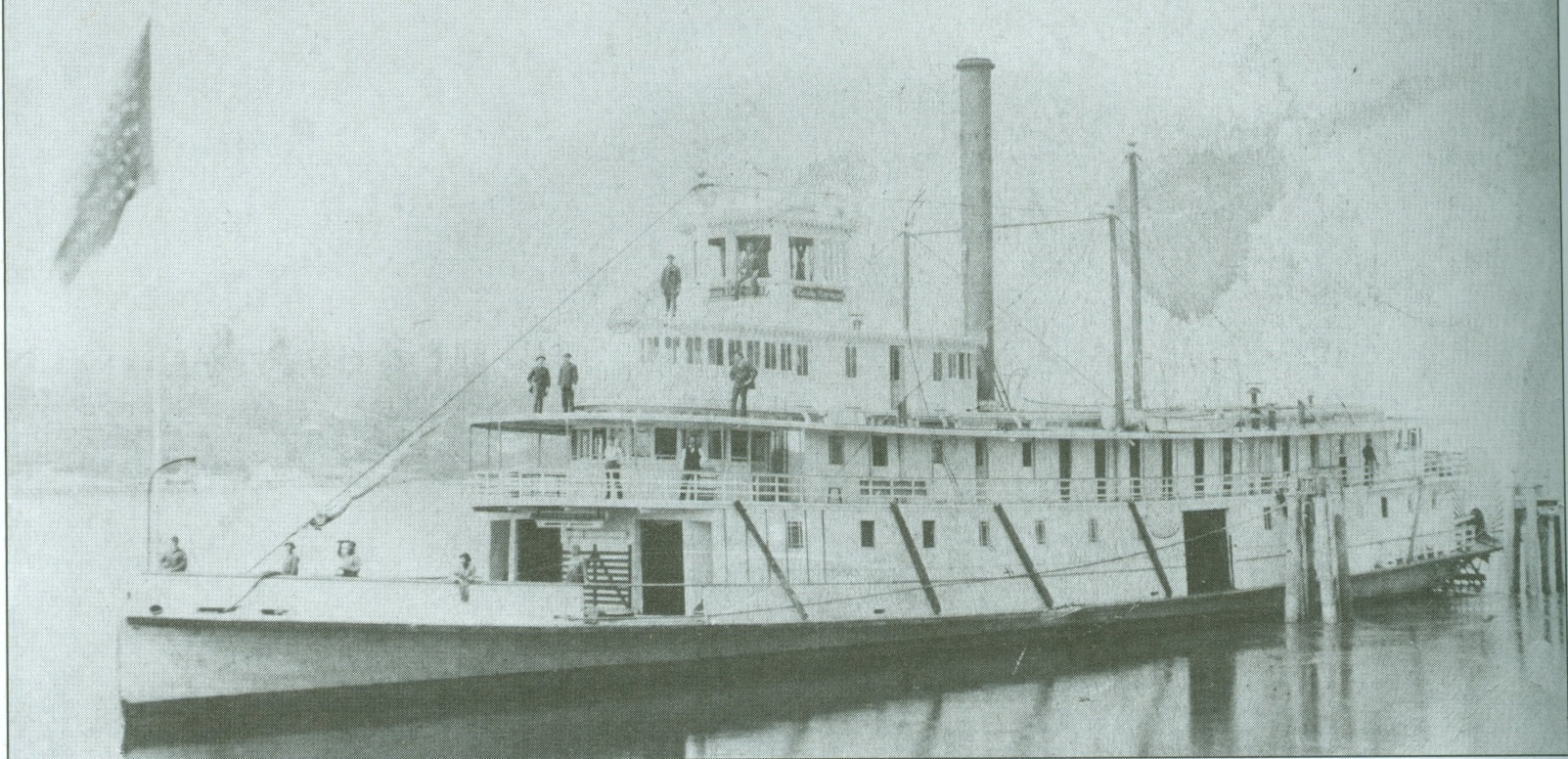 Emma Hayward
Emma Hayward
From Appendix VI of A Trip and a Tumble:
Robinson's circus really did visit Victoria, B.C. in late August of 1885, and an account of the show appeared in The Daily British Colonist on August 26, 1885. The names of the steamers the circus sailed on (the Olympian and the Emma Hayward) were found in the Colonist article, and descriptions of the ships' details are based on text and images found in Mosquito Fleet of Puget Sound[1]. The size of the big top, the number of people who watched the show in Victoria, the 7 p.m. time of the show, the fact that extra seats had to be brought in, and descriptions of many of the acts are all taken from the Colonist piece.
[1] Images of America series, San Francisco: Arcadia Publishing, 2008, p. 98.
Robinson's circus really did visit Victoria, B.C. in late August of 1885, and an account of the show appeared in The Daily British Colonist on August 26, 1885. The names of the steamers the circus sailed on (the Olympian and the Emma Hayward) were found in the Colonist article, and descriptions of the ships' details are based on text and images found in Mosquito Fleet of Puget Sound[1]. The size of the big top, the number of people who watched the show in Victoria, the 7 p.m. time of the show, the fact that extra seats had to be brought in, and descriptions of many of the acts are all taken from the Colonist piece.
[1] Images of America series, San Francisco: Arcadia Publishing, 2008, p. 98.
Buy A Trip and a Tumble on Amazon!
From Appendix VI of A Trip and a Tumble:
The inspiration for shy Peter came from a passage in Linda Simon's book, The Greatest Shows on Earth: A History of the Circus[1]: "Anthropologist Kenneth Little, travelling with a contemporary European circus, confirmed that circus artists rarely venture into the towns or cities where they perform… feeling out of place if they are on their own. When Little suggested to a performer to whom he was teaching English that they stroll around the city and practice the language by talking about what they saw the artist refused. 'He was dead set against such a suggestion,' [the anthropologist] recalled, complaining that he would never be able to concentrate on the lesson. Asked why this was the case, he said he never felt safe away from his camping trailer." —ibid, p. 19.
[1] London: Reaktion Books, 2014
The inspiration for shy Peter came from a passage in Linda Simon's book, The Greatest Shows on Earth: A History of the Circus[1]: "Anthropologist Kenneth Little, travelling with a contemporary European circus, confirmed that circus artists rarely venture into the towns or cities where they perform… feeling out of place if they are on their own. When Little suggested to a performer to whom he was teaching English that they stroll around the city and practice the language by talking about what they saw the artist refused. 'He was dead set against such a suggestion,' [the anthropologist] recalled, complaining that he would never be able to concentrate on the lesson. Asked why this was the case, he said he never felt safe away from his camping trailer." —ibid, p. 19.
[1] London: Reaktion Books, 2014
Buy A Trip and a Tumble on Amazon!
Nineteenth-century images in and around the city of Victoria, B.C., Canada.
From Appendix IV in A Trip and a Tumble:
The Delaroux mansion was inspired by a real house in Victoria. Built from Design #60 in George C. Barber's collection of Victorian house designs, this home followed the same plans as the house which Barber built for himself.
The Delaroux mansion was inspired by a real house in Victoria. Built from Design #60 in George C. Barber's collection of Victorian house designs, this home followed the same plans as the house which Barber built for himself.
Buy A Trip and a Tumble on Amazon!
"…"I saw on Olivier's letterhead that you're in furs."…"—Excerpted from A Trip and a Tumble
"…The business has grown substantially in recent years and we're arranging to open another shop in New Westminster.…"—Excerpted from A Trip and a Tumble
From Appendix VI of A Trip and a Tumble:
Historically there were a few different Macomos; the first was so profoundly successful that later beast tamers borrowed his stage name. Although the original Macomo fell out of mention in many twentieth-century histories of circuses, 19th-century writings about the trade refer to Macomo (sometimes spelled Maccomo) as the king of lion tamers. Thomas Frost's Circus Life and Circus Celebrities (1876) describes his entry into the profession in England:
"One day, when the menagerie was at Greenwich fair, a powerful-looking negro accosted one of the musicians, saying that he was a sailor, just returned from a voyage, and would like to get employment about the beasts. The musician informed Manders, into whose hands the menagerie had just passed, and the negro was invited into the show. Manders liked the man's appearance, and at once agreed to give him an opportunity of displaying his qualifications for the leonine regality to which he aspired. The negro entered the lion's cage, and displayed so much courage and address in putting the animals through their performances that he was engaged forthwith… This black sailor was the performer who afterwards became famous far and wide by the name of Macomo. The daring displayed by him, and which has often caused the spectators to tremble for his safety, was without a parallel. 'Macomo,' says [another beast tamer] 'was the most daring man among lions and tigers I ever saw.'" —ibid., p. 133.
The uniform worn by the fictional Macomo Freeman in A Trip and A Tumble is based on that of Sargano Alicamousa, another black Victorian lion tamer.
Historically there were a few different Macomos; the first was so profoundly successful that later beast tamers borrowed his stage name. Although the original Macomo fell out of mention in many twentieth-century histories of circuses, 19th-century writings about the trade refer to Macomo (sometimes spelled Maccomo) as the king of lion tamers. Thomas Frost's Circus Life and Circus Celebrities (1876) describes his entry into the profession in England:
"One day, when the menagerie was at Greenwich fair, a powerful-looking negro accosted one of the musicians, saying that he was a sailor, just returned from a voyage, and would like to get employment about the beasts. The musician informed Manders, into whose hands the menagerie had just passed, and the negro was invited into the show. Manders liked the man's appearance, and at once agreed to give him an opportunity of displaying his qualifications for the leonine regality to which he aspired. The negro entered the lion's cage, and displayed so much courage and address in putting the animals through their performances that he was engaged forthwith… This black sailor was the performer who afterwards became famous far and wide by the name of Macomo. The daring displayed by him, and which has often caused the spectators to tremble for his safety, was without a parallel. 'Macomo,' says [another beast tamer] 'was the most daring man among lions and tigers I ever saw.'" —ibid., p. 133.
The uniform worn by the fictional Macomo Freeman in A Trip and A Tumble is based on that of Sargano Alicamousa, another black Victorian lion tamer.
Buy A Trip and a Tumble on Amazon!
"…They were still building this when I came to town in '79. I saw them unloading the machinery and boilers for the fog signal as my ship came in…"—Excerpted from A Trip and a Tumble
From Appendix IV of A Trip and a Tumble:
In the May 21, 1885 edition of The Daily British Colonist an article appeared discussing the cost of upkeep for Victoria, B.C.'s electric streetlight towers, and the city's incredibly bright arc lamps are mentioned in various other accounts. I owe a special shout out to our electrician friend Zack for explaining how various atmospheric conditions would appear when exposed to the light from arc lamps: the faint rainbow halos in the fog were his suggestion. Thanks, Zack!
Arc lamps were pretty darn cool. For more information about them, see:
"Under the Moonlight" <https://99percentinvisible.org/episode/under-the-moonlight/>
"Moonlight Towers: Light Pollution in the 1800s". Low-Tech Magazine (source of image above). <http://www.lowtechmagazine.com/2009/01/moonlight-towers-light-pollution-in-the-1800s.html>
In the May 21, 1885 edition of The Daily British Colonist an article appeared discussing the cost of upkeep for Victoria, B.C.'s electric streetlight towers, and the city's incredibly bright arc lamps are mentioned in various other accounts. I owe a special shout out to our electrician friend Zack for explaining how various atmospheric conditions would appear when exposed to the light from arc lamps: the faint rainbow halos in the fog were his suggestion. Thanks, Zack!
Arc lamps were pretty darn cool. For more information about them, see:
"Under the Moonlight" <https://99percentinvisible.org/episode/under-the-moonlight/>
"Moonlight Towers: Light Pollution in the 1800s". Low-Tech Magazine (source of image above). <http://www.lowtechmagazine.com/2009/01/moonlight-towers-light-pollution-in-the-1800s.html>
Buy A Trip and a Tumble on Amazon!
High wheel bicycle tricks:
https://www.youtube.com/watch?v=uTFfAFbwpok&t=173s
https://www.youtube.com/watch?v=iRuqNxh55zA
https://www.youtube.com/watch?v=kUVNU1KOnXI
https://www.youtube.com/watch?v=JpLQkY8MhDI
"…The servant had apparently been paying close attention to the sounds upstairs in order to time the breakfast right: in front of each place at the table was a warmed plate holding thick pancakes. They were generously studded with berries of an almost unbelievable blue and Jacob peered at them curiously. They reminded him of some Addie had gathered…"Those are salal berries, aren't they?"…"—Excerpted from A Trip and a Tumble
Image of aboriginal American slave-killing tools from
Annual Report of the Board of Regents of the Smithsonian Institution, 1888
Article from the Vancouver Sun, "Buried Truths About Aboriginal Culture": http://vancouversun.com/news/staff-blogs/buried-truths-about-aboriginal-culture
"…"But— but—" Jacob stammered. The [museum] curator's statement challenged his ideas about this place and its people on so many different levels he didn't know where to start protesting what he'd heard…"—Excerpted from A Trip and a Tumble
"…Theresa explained that her family had a wagonette for use when they all went into town together…"—Excerpted from A Trip and a Tumble
"…No sooner had he said this than a cargo wagon wove between the tents and stopped right in front of the group.…"—Excerpted from A Trip and a Tumble
Each book in the Tales of Chetzemoka focuses on different characters within the Chetzemoka cycling club, and A Trip and a Tumble is essentially the Ken & Felix story. Because a lot of scenes in the book are seen from Felix's perspective, when I was writing it I had to do some research into how color-blind people view the world. It was really quite interesting! Among other things, I learned from a 19th-century railroad engineer's manual that individuals who couldn't distinguish red from green were disqualified from a lot of railroad jobs because they couldn't interpret the signal lanterns. Fascinating stuff! Here's a fun article about color-blindness, with pictures:
https://www.boredpanda.com/different-types-color-blindness-photos/
Praise for A Trip and a Tumble on Amazon:
5.0 out of 5 starsA Fabulous Free Fall of a Read!
Rachel A.
Sarah Chrisman's creativity is endless! Joining Jacob, Ken, and Felix on their journey to Victoria, British Columbia in 1885 is as good as going to the circus. (Maybe even better, because Ken and Felix get to go behind the scenes!) With her extraordinary ability to create clear character voices, express diverse perspectives, and fill a world with magnificent details, Sarah Chrisman leads us readers on a journey through history in such a delightful way, I could hardly put the book down. Will Felix and Ken's new friend Peter's skill on a cycle strain their relationship? How will Theresa Delaroux's unique personality and heritage influence her ability to fall in love? Is the echidna the most exciting animal in this circus? Prepare for a wonderful read full of heartfelt moments, scenes that make you laugh out loud, and times you'll catch yourself holding your breath, waiting for what happens next...
Far afield but still in touch!
I really enjoyed this latest book in the series! I feel I am well acquainted with the set of characters that populate the core of the stories, but the fact that new characters and places are introduced (especially in this one, with an off-scene setting) keeps me curious and entertained. The well researched details about local history and culture are an important part of what I so enjoy about these tales.
***
Another marvelous book in the Chetzemoka series! Already looking forward to the next.
brooksiesgal
Another lovely edition in Sarah Chrisman's Tales of Chetzemoka series. With each new novel I find myself drawn into another fascinating historical world from the past. It's good clean fiction that I can share with my Grandmother. Well researched, just enough tension and suspense to keep it enjoyable, and filled with facts and fascinating tid-bits from the Victorian era.
Thanks for a great read!
***
Such an enjoyable read
Catherine Lash
I love following these characters on adventures in the 1880s. Also love the historical footnotes at the end each book. Can't wait to read the next one!
5.0 out of 5 starsA Fabulous Free Fall of a Read!
Rachel A.
Sarah Chrisman's creativity is endless! Joining Jacob, Ken, and Felix on their journey to Victoria, British Columbia in 1885 is as good as going to the circus. (Maybe even better, because Ken and Felix get to go behind the scenes!) With her extraordinary ability to create clear character voices, express diverse perspectives, and fill a world with magnificent details, Sarah Chrisman leads us readers on a journey through history in such a delightful way, I could hardly put the book down. Will Felix and Ken's new friend Peter's skill on a cycle strain their relationship? How will Theresa Delaroux's unique personality and heritage influence her ability to fall in love? Is the echidna the most exciting animal in this circus? Prepare for a wonderful read full of heartfelt moments, scenes that make you laugh out loud, and times you'll catch yourself holding your breath, waiting for what happens next...
Far afield but still in touch!
I really enjoyed this latest book in the series! I feel I am well acquainted with the set of characters that populate the core of the stories, but the fact that new characters and places are introduced (especially in this one, with an off-scene setting) keeps me curious and entertained. The well researched details about local history and culture are an important part of what I so enjoy about these tales.
***
Another marvelous book in the Chetzemoka series! Already looking forward to the next.
brooksiesgal
Another lovely edition in Sarah Chrisman's Tales of Chetzemoka series. With each new novel I find myself drawn into another fascinating historical world from the past. It's good clean fiction that I can share with my Grandmother. Well researched, just enough tension and suspense to keep it enjoyable, and filled with facts and fascinating tid-bits from the Victorian era.
Thanks for a great read!
***
Such an enjoyable read
Catherine Lash
I love following these characters on adventures in the 1880s. Also love the historical footnotes at the end each book. Can't wait to read the next one!
Buy the book on Amazon!
A Trip and A Tumble
Book V in the Tales of Chetzemoka
***
Don't forget to look for fabulous Tales of Chetzemoka merchandise —book bags, mugs, and more, on Zazzle!
First Wheel in Town
|
Other books in the
Tales of Chetzemoka series
Love Will Find A Wheel (Book II)
|
A Rapping At the Door (Book III)
|
Delivery Delayed
|
Image sources:
Circus photographs: <http://www.dailymail.co.uk/news/article-4938664/Amazing-photos-emerge-19th-century-travelling-circus.html>
Circus illustrations: Theatrical and Circus Life, 1882.
19th-century pictures in and around Victoria, New Westminster: By Track and Trail: A Journey Through Canada, by Edward Roper, 1891.
Lion tamer images:
http://www.cnn.com/style/article/black-chronicles-ii/index.html
https://www.africansinyorkshireproject.com/black-lion-tamers.html
Mrs. Delaroux's gown: The Peterson Magazine, 1884, p. 444.
Theresa's walking dress: The Peterson Magazine, 1884, p. 367.
Phateon, wagonette and wagon pictures taken at The Northwest Carriage Museum.
Picture of breakfast table taken at Craigdarroch Castle.
Victorian Cycles
Hand-built 1890's-style bicycles
Interested in a real time machine? Commission one of our 1890s-style custom bicycles! Custom, hand-made steel frames with wooden fenders and chainguards, leather saddles and cork grips. Whether you are interested in a roadster or a racer, we can build you the period bicycle of your dreams.
***

